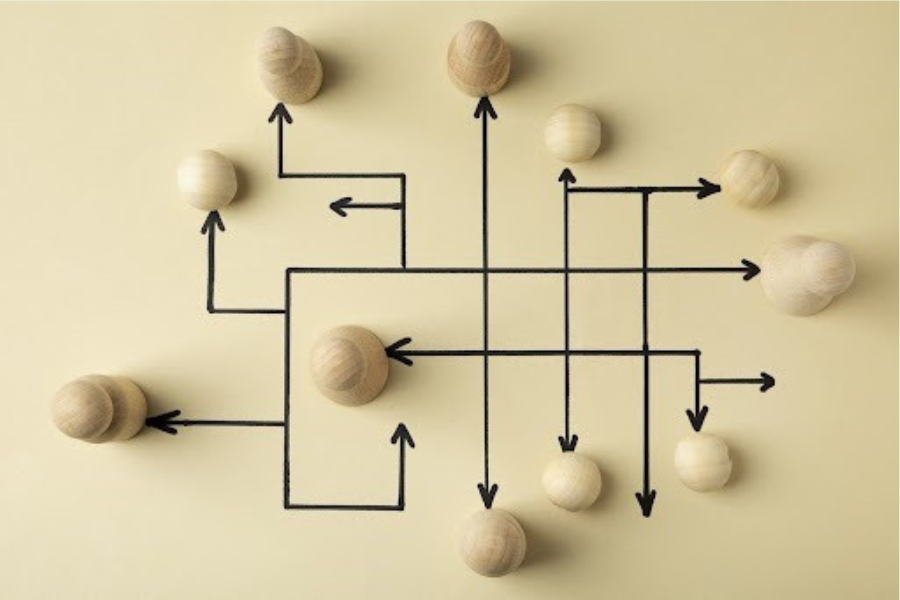The Role Of TOGAF Business Architecture In Mergers And Acquisitions
When trying to align two distinct organisational structures, cultures, and objectives, mergers and acquisitions can feel like navigating uncharted waters. TOGAF Courses provide the frameworks to help businesses confidently tackle this complexity, preparing them for seamless transitions.
Using TOGAF Business Architecture as a guiding tool, companies can effectively map, integrate, and optimise their combined resources, establishing a long term success foundation. Let us explore why TOGAF Business Architecture is a strategic partner in the high stakes world of mergers and acquisitions.
Table of Contents
- What is TOGAF Business Architecture?
- Why Does TOGAF Business Architecture Matters in Mergers and Acquisitions?
- Conclusion
What Is TOGAF Business Architecture?
It is a globally recognised framework offering a comprehensive method for designing, planning and managing enterprise information architecture. Business Architecture, a pillar of TOGAF, is specifically designed to align an organisation’s technology, policies, and strategy. It is about building a blueprint that captures the company’s framework so that every department, system, and process operates harmoniously.
This design becomes incredibly valuable in Mergers and Acquisitions (M&A) scenarios. TOGAF Business Architecture enables businesses to meticulously map their structures, identify overlaps and gaps and lay a strong foundation for integration.
Why Does TOGAF Business Architecture Matters in Mergers and Acquisitions?
Successful mergers require careful preparation, effective communication, and a deep understanding of both companies. TOGAF Business Architecture offers several benefits that make it an ideal fit for M&A:
Clear Visibility of Each Organisation’s Structure
Familiarity with each company’s structure is essential before a merger. TOGAF Business Architecture allows businesses to construct a detailed map of each operation, helping teams identify critical departments, technologies, and processes.
This visibility allows companies to understand where they align and where they differ, a clarity crucial for planning how to merge structures without duplicating resources or overlooking essential components.
Strategic Alignment and Goal Harmonisation
One of the biggest challenges in M&A is ensuring both companies work toward a shared goal. TOGAF Business Architecture provides a structured approach to aligning corporate objectives, making it excellent for harmonising strategic goals.
Using TOGAF, companies can align on mission, vision, and values from the start, ensuring everyone is on the same page. This approach helps to prevent conflicts and allows both companies to move in a unified direction.
Seamless Integration of Processes and Systems
When two companies merge, they bring their systems, procedures, and practices. Integrating these smoothly is essential to ensure business continuity and avoid disruptions. TOGAF Business Architecture offers a clear framework for assessing existing systems and identifying optimal integration pathways. Establishing a coherent structure helps businesses avoid duplicates and maximise resources, enabling operational efficiency.
Whether aligning CRM systems, streamlining finance processes, or merging customer support functions, TOGAF allows companies to manage each element with minimal friction.
Risk Management and Improved Decision Making
Mergers naturally carry risks, from cultural clashes to legal challenges. The TOGAF approach helps companies assess these risks early, allowing them to address potential issues proactively. A clear understanding of both companies enables leaders to make informed decisions based on thorough data rather than assumptions.
TOGAF promotes a flawless integration that fits both company objectives and compliance requirements by spotting and reducing risks upfront. This level of insight is critical for managing risks, staying compliant with industry standards, and ensuring a smoother post merger experience.
Enhanced Communication Across Stakeholders
Effective communication is essential for a successful merger. The integration process involves various stakeholders, including executives, department heads, employees, and external partners. TOGAF Business Architecture provides a common language and structured approach, helping everyone involved understand the integration plan.
This common framework encourages teamwork among departments, facilitating the coordination of activities and the simplification of decision-making. With a unified framework, companies can ensure consistent communication, reducing misunderstandings and keeping everyone aligned on the path forward.
Conclusion
In the complex world of mergers and acquisitions, TOGAF Business Architecture provides a structured approach that can transform the integration process. It offers the visibility, alignment, and communication needed to ensure both organisations come together as one cohesive entity. The framework of TOGAF is especially beneficial for UK companies, where market dynamics and regulatory requirements add layers of complexity.
Consider The Knowledge Academy courses to enhance your understanding of TOGAF Business Architecture.
Stay in touch for more updates and news visit: Mix Moz!
